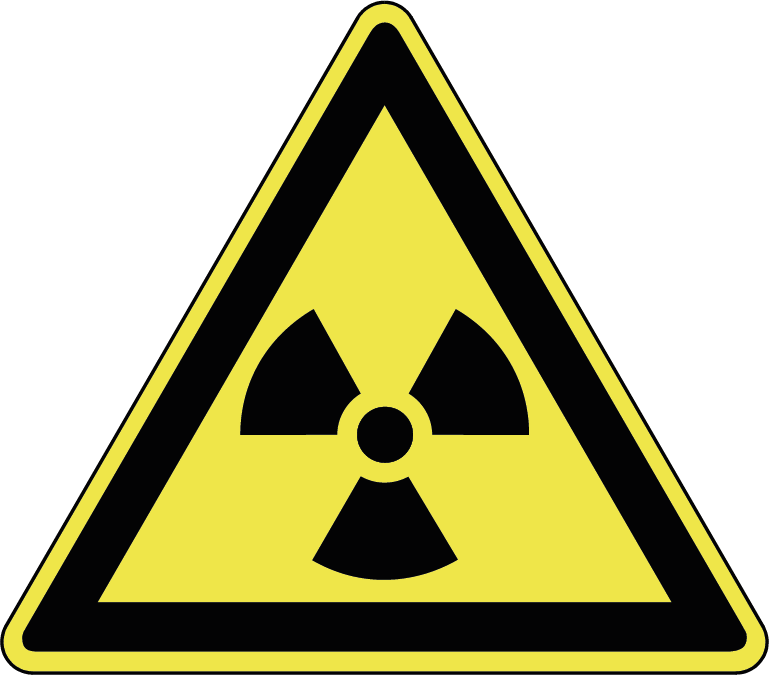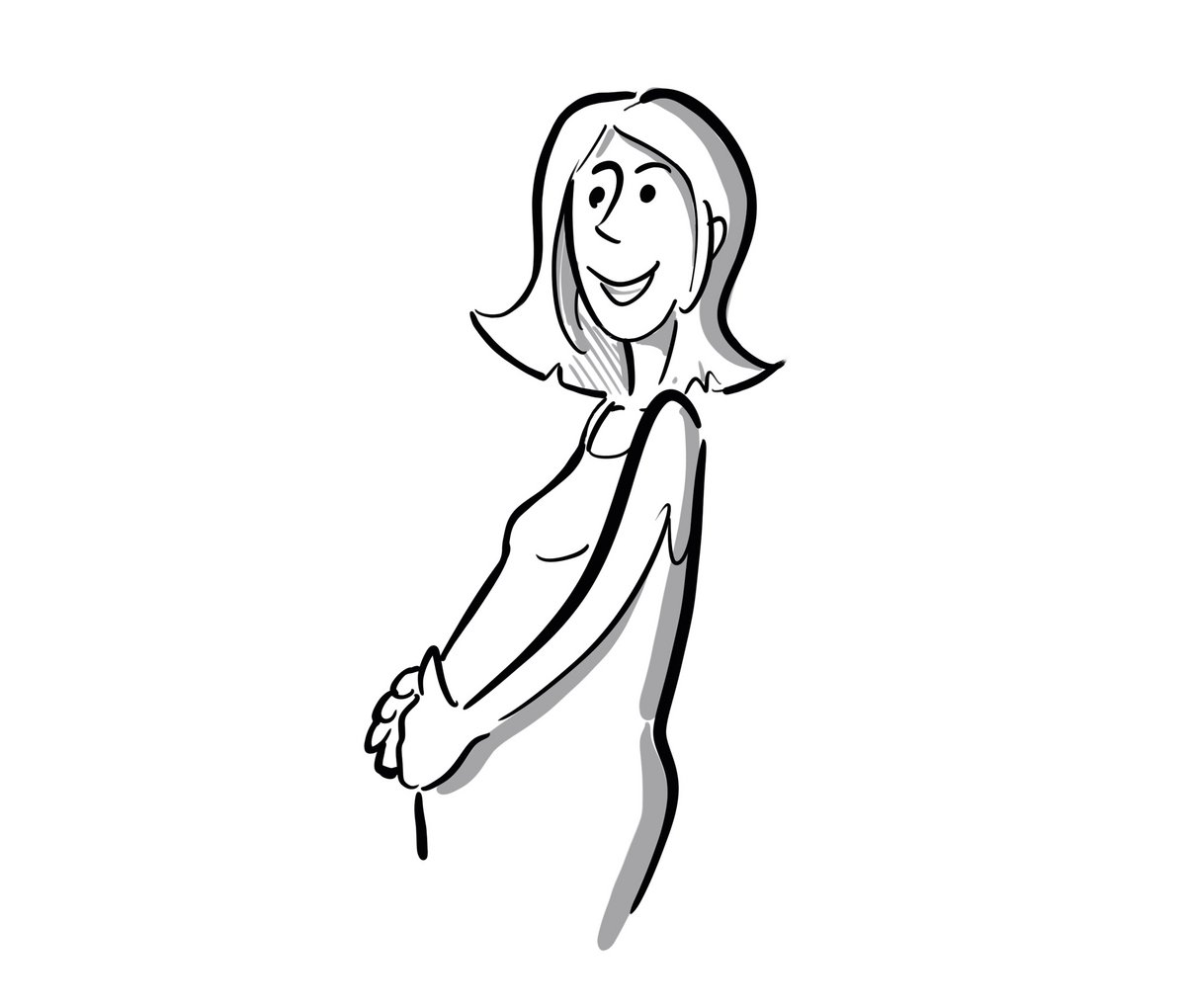During pregnancy and lactation, workers, students and trainees are under the special protection of the State. This applies regardless of the type of employment you have, full-time, part-time, assistant, civil servant or student, even if you are not employed as student.

There is a great risk of damage, especially in the early stages of pregnancy. It is therefore very important that you report your pregnancy as early as possible.
Important!
Of course the notification of a pregnancy is always voluntary due to the right of informational self-determination. However, it is advisable to report a pregnancy as early as possible, as only then can special protective measures be taken.
If the pregnant woman does not (yet) want to report her pregnancy to her supervisor or to the SSZ, she should in any case - as early as possible - have a confidential conversation with the company doctor (Tel. 2668, by arrangement).
Students should inform their pregnancy at the Student Service Centre (SSZ) and, depending on the course of study, the relevant internship, course or research group leaders*. Further information on the subject of "Maternity leave for female students" can be found on the SSZ website.
Employees and officers get in contact with their supervisor(s) and / or the human resources department. We have described the corresponding reporting process in detail here ->.
Both employees and students can also seek advice from the company doctor to clarify whether additional measures must be taken to avoid a hazard. All important information and the procedure for reporting a pregnancy can be found under the menu item "Reporting a pregnancy".
Important!
As soon as HR or the SSZ has been informed, they are obliged to notify the competent state supervisory authority (Regierungspr?sidium Freiburg) of the pregnancy. They supervise compliance with the requirements of the Maternity Protection Act. Advice is provided by the contact persons in the Maternity Protection Section.

In order to ensure that the activity does not pose a risk to the child and the mother, the employer or the heads of the specialist areas or working groups* must prepare a risk assessment in accordance with the MuSchG. The risk assessment is activity-based and preventive. It must therefore be carried out in advance with a view to a possible pregnancy of female employees or students.
In the case of pregnancy, this risk assessment must then be personalized together with the respective superior. For this purpose, any hazards identified for the pregnant woman are summarised in the "personalised part". In addition, the pregnant woman receives a copy of the personalised part. This form can then also be brought to a meeting with the safety engineers, the company doctor.
If hazards are identified, alternatives for the continued employment of pregnant employees and students must be sought and, if necessary, applied. Even if the pregnant women expressly request it, they must not be deployed. If no alternative possibility of employment without endangerment is found, the employer must prohibit employment.
The superiors receive support in the preparation of the risk assessment from the company doctor and the safety engineers and, of course, here ->
The supervisor or his / her deputy must give special instruction to expectant or nursing mothers employed in his / her area. The result of the risk assessment must also be communicated.
Before starting an internship, students must be informed as part of the safety briefing that, in their own interest, they should inform the supervisor of the internship as soon as possible about an existing pregnancy so that the appropriate protective measures can be taken and there is no danger to mother and child at any time.
Work and the workplace must not under any circumstances endanger the mother and the child. Therefore a pregnant woman must not be exposed to the effects of health-endangering radiation (ionizing and non-ionizing), hazardous substances, biological working substances (from risk group 2), genetic engineering work from safety level 2, noise and/or psychomental stress, unless damage to health can be ruled out.

Work with special physical strain and increased risk of accidents may not be carried out or only carried out to a limited extent. These are in particular:
- Work in which loads of more than 5 kg or occasionally loads of more than 10 kg must be lifted, moved, transferred or transported manually without mechanical aids at regular intervals.
- Permanent squatting or bending over
- Frequent, considerable stretching or bending; (Employment restrictions therefore apply e.g. to sports teachers, cleaning and cleaning staff.)
- Standing work must be limited to a maximum of 4 hours/day after the 5th month of pregnancy.
- Persistent one-sided forced postures
- Strongly loading movements, shocks and vibrations
- Activities involving work at an accelerated pace and/or work that exceeds the capacity of the pregnant woman to perform
- Work that can lead to an occupational disease
- Activities in working areas where harmful effects of noise (sound pressure above 80 dB(A)) occur or impulsive noise occurs.
- Extreme heat, cold, moisture, dust etc.
- Working in overpressure (diver, pressure chamber)

From 01.01.2019, the new Radiation Safety Act (StrlSchV) will apply. The X-Ray Act (R?V) is no longer applicable and its contents have been incorporated into the StrlSchV. The most important changes concerning maternity protection are regulated in §55 (2) and §69 StrlSchV.
Radiation safety areas, §55 (2) StrlSchV
For pregnant women, the general ban on entering the controlled area is lifted. However, radiation safety areas may only be entered under certain conditions.
- Access to the restricted area for personal examination or treatment only
- Access to control area and surveillance area other than those applicable to all
Regulations only after approval of the radiation safety commissioner and with suitable personal dose monitoring.
Limit values, §§77, 78, 80 StrSchG
For pregnant women, the following limits apply, deviating from the usual ones:
- Until a pregnancy becomes known, the organ dose of the uterus may not exceed 2 mSv per month.
- After notification of pregnancy, the maximum dose for the unborn child may be 1 mSv until the end of pregnancy.
Important
- Occupational exposure must be determined on a weekly basis, and
- the working conditions of the pregnant or breastfeeding person must be such that internal exposure is excluded.
Regardless of the legal regulations, the radiation protection officer has the final say in all activities that are subject to radiation protection!
Further information on the page Ionising radiation and radiation safety

Activities involving work with pathogens or potentially infectious material shall be prohibited or restricted. At the University of Konstanz, this may be the case, among other things, as follows
- when dealing specifically with biological substances from risk group 2 or if you are in such an areaunintentional or occupational handling of biological substances from risk group 2 (e.g. in biology, botanical gardens, animal research facilities)
- in the case of genetic engineering work from safety level 2 or above or
- if you are in an area in which the corresponding material is handled openly, or
- handling human blood or other potentially infectious material (e.g. blood components or human body fluids, faeces from infected animals, etc.).

Certain hazardous substances possess carcinogenic (carcinogenic), germ cell mutagenic (mutagenic) and/or reproductive toxic (fertility-endangering, fruit-damaging) properties (CMR substances).
Many of these substances are listed in the TRGS 905 "List of Carcinogenic, Mutagenic and Toxic to Reproduction Substances".
Occupational exposure limit values are listed in TRGS 900 "Occupational exposure limit values". In many cases, they are based on the MAK and BAT list of values published annually by the Standing Senate Commission for the Testing of Harmful Substances of the German Research Foundation. This list can be included in the assessment of hazardous substances.
Please note
Substances that are easily absorbed through the skin are identified by the letter "H" in the TRGS 900 "Occupational exposure limit values" and in the TRGS 905 "List of carcinogenic, mutagenic or toxic to reproduction hazardous substances".
However, compliance with occupational exposure limits does not always guarantee the safe protection of the unborn child, as many substances have not been tested for their harmful effects on fruit, or only partially.
The GESTIS substance database of the DGUV offers a very good source of information on hazardous substances, which largely takes into account and is constantly updated on all the above-mentioned legal regulations and lists.
Please also note the information on labelling, hazard warnings and classifications in the safety data sheet.
H 340 | May cause genetic defects |
H 341 | Suspected of causing genetic defects |
H 350 | May cause cancer |
H 350i | May cause cancer by inhalation |
H 351 | Suspected of causing cancer |
H 360F | May damage fertility |
H 360D | May damage the unborn child |
H 361 | Suspeced to damage fertility |
H 361d | Suspected to damage the unborn child |
H 362 | May cause harm to breast-fed children |
Pregnant Women
- must not be exposed to or be exposed to carcinogenic, reproductive toxic or mutagenic (CMR) substances.
- must not be exposed to very toxic, toxic, harmful or otherwise chronically harmful substances.
- must not work with unknown substances or substances whose dangerousness has not yet been determined.
- must not work with substances which are known to have a fruit-damaging effect even if the workplace specifications are observed.
- may only work with lead and its derivatives if absorption into the body can be ruled out.
Exceptions:
It is permitted to work with substances which are classified as safe if they comply with the requirements regarding fruit damage and which are not able to cross the placental barrier.
Important
The expectant mother would also be "exposed" if she did not work with one of these substances herself, but worked with it in the same room and the substance could be spread through the room air. Extractors are not safe enough in this context.
Even substances whose dangerousness has not yet been determined (e.g. research preparations) must in principle be included in this category.
Breastfeeding mothers
must not
- work with substances classified as toxic to reproduction for effects on or via breast milk and
- work with lead and lead derivatives where there is a risk of absorption into the body.

Workplace-related specifications
In the laboratory area, it is usually assumed that the requirements are met if the "Laboratory Directive" (DGUV Information 213-850) is complied with. These are in particular:
- Only handling the small quantities usual in the laboratory.
- Work in fume cupboards that are switched on and regularly inspected with the sash closed.
- Work only in laboratories that are not overstaffed.
- Hazardous gases are handled in the fume cupboard (and, in the event of release, are collected in suitable absorption solutions).
- Select a working method or personal protective equipment that safely prevents skin contact with chemicals.
- Place chemical containers for collection only in fume cupboards that are switched on.
- Employees must be properly instructed on hazards and protective measures.
- Danger from psychomental stresses such as working pressure and time pressure, such as those caused by piecework work, must also be avoided.




